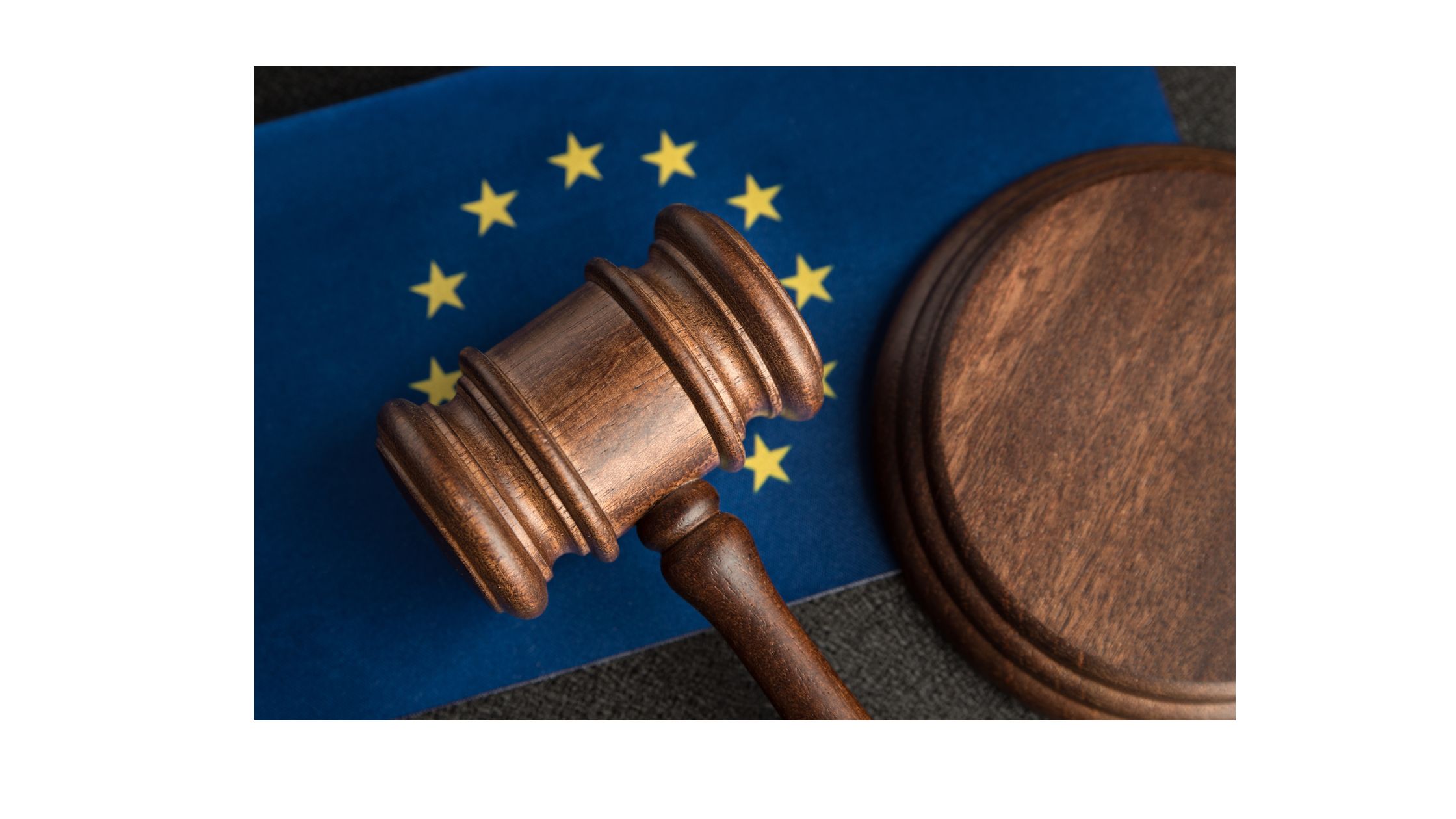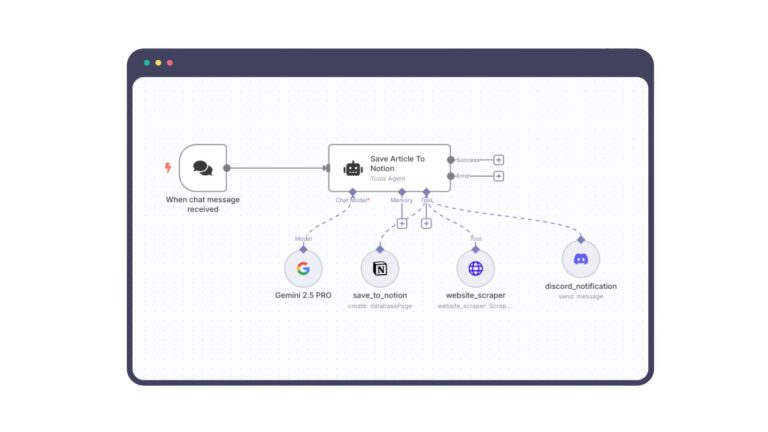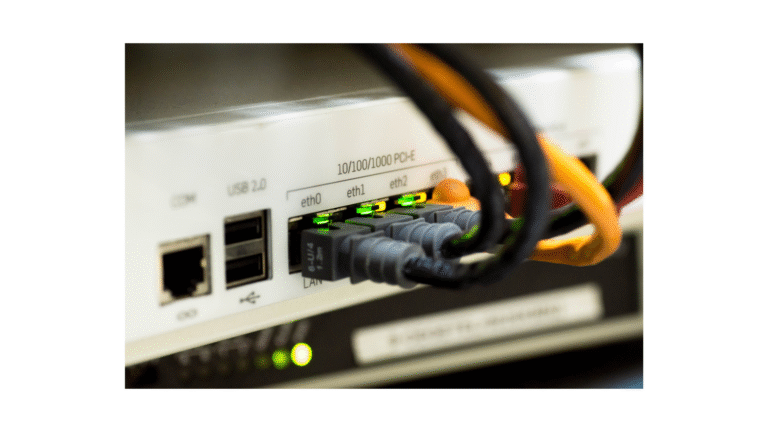In July 2024, the European Union passed the world’s first standalone law to govern Artificial Intelligence. If GDPR was the playbook for data privacy, the EU AI Act is the charter for trustworthy, accountable AI. But unlike a tech blog post, the Act is loaded with legalese, clauses, annexes, and definitions that even most lawyers need time to unpack.
This article is your translation layer a clear-eyed breakdown of the EU AI Act’s pillars: what it regulates, how it works, and where the line is drawn between safety and stagnation.
Part I: The Purpose and General Provisions
The EU AI Act is grounded in a simple principle: AI must be safe, transparent, and respect fundamental rights.
It doesn’t try to police AI technically as in, what algorithms developers can or can’t use but rather how those systems behave when put into action. Just like we don’t ban electricity, but we ban faulty wiring, the law focuses on use cases, not the underlying technology. Before we even start worrying about what’s banned, regulated, or allowed, we need to understand what the EU thinks AI is in the first place. And here’s where the EU AI Act takes a deliberate and broad-but-precise stance.
Autonomy, Adaptiveness & Inference: What Makes an AI System “AI”?
The EU doesn’t get lost in technical jargon like “neural networks” or “transformers.” Instead, it defines AI by its behavioral characteristics how it functions, not just how it’s coded.
Here are the three core characteristics:
-
Autonomy: The system operates with some level of independence without constant human control.
-
Think of a resume screening tool that learns from past hiring patterns and shortlists candidates, even if no one told it exactly what to do.
-
-
Adaptiveness: The system can evolve or improve based on data.
-
It refines itself like how your email spam filter gets better over time.
-
-
Inference: The system deduces patterns, predicts outcomes, or makes decisions from data it hasn’t seen before.
-
That’s why ChatGPT can generate original responses it’s not repeating stored answers but inferring them from vast training data.
-
The key takeaway?
The EU isn’t interested in how an AI system is built. It’s interested in what it does especially if it behaves like it’s learning, adapting, and acting on its own. This definition is technology-neutral, allowing it to age gracefully even as AI evolves. No matter the algorithm if it infers, adapts, and acts autonomously, it’s AI in the EU’s eyes.
The Act applies to:
- Providers (developers who place AI on the EU market)
- Deployers (businesses or entities using AI)
- Distributors (those selling or leasing AI)
- Importers (companies bringing non-EU AI into the region)
Even if you’re outside the EU, if your AI product touches the EU market you’re included.
Part II: Prohibited AI Practices
In a world obsessed with what AI can do, the EU AI Act makes a bold move: spelling out what AI must never do. Let’s start with the red zone AI systems the EU says have no place in a democratic society. These are banned outright under AI Act, here’s what’s off-limits:
1. AI Deception & Manipulation
If an AI system is designed to exploit psychological vulnerabilities like nudging people into decisions they wouldn’t otherwise make (especially kids or vulnerable populations) it’s prohibited.
Example: An AI app targeting children to make repeated in-app purchases by manipulating emotional cues.
2. Exploiting Vulnerabilities
Targeting individuals due to age, disability, or socio-economic status to distort behavior is also forbidden.
Think: AI used in predatory lending ads aimed at people with low credit scores.
3. Social Scoring
Inspired by China’s system, the Act bans social scoring by public authorities where behavior is monitored and scored in a way that unfairly limits rights.
No “bad citizen” scores based on debt, behavior, or compliance.
4. Real-Time Biometric Surveillance in Public Spaces
This one is nuanced. Real-time facial recognition in public is generally prohibited unless it’s for narrow law enforcement use, such as preventing terror attacks or locating missing persons (with judicial approval).
Part III: High-Risk AI Systems
This is the heart of the Act. AI systems classified as high-risk aren’t banned, but heavily regulated. Why? Because they impact life-altering decisions. The list of high-risk applications is found in Annex III and includes:
- Healthcare: AI used in diagnosis or medical equipment
- Employment: Resume filtering tools, AI in hiring or promotion
- Law Enforcement: Predictive policing, biometric identification
- Access to Public Services: AI used in welfare, asylum, education admissions
- Critical Infrastructure: Electricity grids, traffic management
- Financial Services: Credit scoring algorithms
What’s Required for High-Risk AI?
These systems must meet strict compliance obligations:
- Risk Management: Identify and mitigate foreseeable risks.
- Data Governance: Use clean, representative, bias-mitigated data.
- Documentation & Logging: Keep technical documentation for audits.
- Transparency & Instructions: Users must be able to understand how to safely operate the system.
- Human Oversight: Humans must be able to intervene or override AI decisions.
- Robustness, Accuracy, and Cybersecurity: Systems should perform consistently and resist tampering.
Imagine this like building an AI bridge before anyone walks across it, engineers must prove the structure won’t collapse under stress.
Part IV: Transparency Obligations
For limited-risk AI (think chatbots, emotion recognition, image generators), the law adds basic transparency duties:
- People must be informed when interacting with AI, especially when it’s not obvious.
- AI-generated content must be labeled especially for deepfakes and synthetic media.
- Emotion recognition or biometric categorisation must be disclosed at the point of use.
In practice: If a school uses an AI to analyze student emotions during exams, students must know when, how, and why it’s being used.
This doesn’t ban these tools but it empowers users with context to make informed choices.
Part V: General-Purpose AI (GPAI)
The Act originally didn’t cover foundation models like GPT or Claude. But the 2024 amendments changed that, recognizing that these large-scale models power a huge range of downstream apps.
The law introduces tiered obligations based on the model’s impact:
Regular GPAI:
If you build a general-purpose model that others can fine-tune or embed, you must:
- Publish summaries of training data
- Show how you mitigated risks
- Document technical specs
GPAI with Systemic Risk:
This tier targets very large models, e.g., with significant compute resources and widespread deployment.
Think: GPT-4, Gemini, or Claude.
They face enhanced obligations:
- Perform model evaluations
- Conduct adversarial testing
- Report serious incidents
- Implement cybersecurity and watermarking to detect AI-generated content
- Establish risk management frameworks for downstream use
This is where OpenAI, Google DeepMind, Anthropic and others will face heavy scrutiny.
Part VI: Governance and Enforcement
The Act creates a European AI Office, part of the EU Commission, as the central authority for GPAI oversight. Meanwhile, each Member State will have national supervisory bodies similar to how GDPR is enforced.
There are also regulatory sandboxes, where startups and developers can test high-risk AI under controlled, supervised conditions. This is crucial for balancing innovation and compliance.
Part VII: Penalties and Timelines
The EU isn’t bluffing violations can result in:
- €35 million or 7% of global turnover for the worst offenses (like using banned AI)
- €15 million or 3% for non-compliance with high-risk requirements
- €7.5 million or 1.5% for failing to meet transparency obligations
The Act’s enforcement timeline:
- Prohibited practices: Banned within 6 months of enactment
- GPAI & high-risk rules: Full compliance by 2026
- Sandboxes and support structures to scale gradually in 2025
Final Thoughts: Between Guardrails and Gatekeeping
The EU AI Act is not a blanket ban or an innovation killer, it’s a risk-calibrated framework. One that asks: What could go wrong? And how do we prevent that before it happens?
Yes, there are growing pains. Developers worry about ambiguity. Startups worry about cost. Global companies worry about fragmentation. But the alternative, a free-for-all AI arms race is far worse. If GDPR gave us privacy in the age of surveillance, the AI Act is trying to give us agency in the age of machines.
Yet, this is only the beginning. Lawmakers must continuously evolve these rules. Overregulate, and we build a fortress around innovation. Under-regulate, and we risk the tech being misused in ways that deeply affect rights, safety, and democracy.
The sweet spot? Regulating the use, not the idea. Letting AI thrive but not without a conscience.






